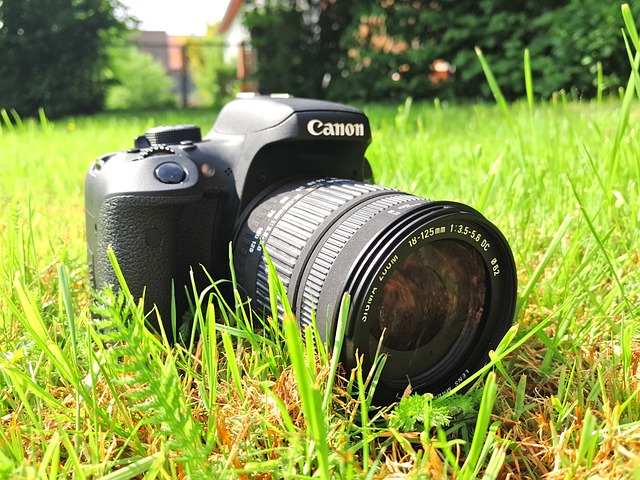
Photography is an art form that transcends time, capturing moments and emotions that words often cannot express. With the advent of digital photography and powerful editing tools, photographers have more control over the final look of their images than ever before. One such technique that has gained popularity is split toning. This method allows photographers to creatively manipulate the colors in their photos, adding depth, mood, and character. In this blog post, we’ll explore what split toning is, how it works, and how you can use it to enhance your photography.
What is Split Toning?
Split toning is a post-processing technique that involves adding different colors to the highlights and shadows of an image. This method has its roots in traditional film photography, where photographers would use chemical processes to tint different parts of the image. In the digital world, split toning is a much simpler process, often achieved using software like Adobe Lightroom, Photoshop, or other photo editing tools.
The beauty of split toning lies in its subtlety. Unlike other color grading techniques that affect the entire image uniformly, split toning allows you to apply different hues to the brighter and darker areas separately. This can result in a more nuanced and emotionally resonant image, whether you’re aiming for a vintage look, a moody atmosphere, or something entirely unique.
Why Use Split Toning?
There are several reasons why photographers might choose to use split toning in their post-processing workflow:
- Enhance Mood and Atmosphere: Split toning can drastically alter the mood of an image. For example, adding warm tones to the highlights and cool tones to the shadows can create a nostalgic, cinematic feel. Conversely, cool highlights and warm shadows can evoke a sense of mystery or tension.
- Create a Unique Style: As a photographer, your style is what sets you apart from others. Split toning gives you another tool to fine-tune your images, helping you develop a signature look. Whether you prefer the soft, dreamy tones of a sunset or the stark contrast of a high-drama scene, split toning can help you achieve your vision.
- Balance Colors: Sometimes, an image may have color imbalances that can’t be corrected with basic adjustments like white balance or exposure. Split toning allows you to subtly shift the color balance in a way that complements the image, enhancing the overall harmony and cohesion.
- Emulate Film: Many photographers are drawn to the nostalgic look of film photography. Split toning is a great way to replicate the tones and hues of various film stocks, adding a timeless quality to your digital images.
Understanding the Basics of Split Toning
Before diving into the step-by-step process, it’s essential to understand the basic components of split toning. Typically, you’ll be working with two main sliders or controls:
- Highlights: This control allows you to apply a specific color to the brighter areas of your image. The highlights are usually the parts of the image where the light is most intense, such as the sky in a landscape or the glint in someone’s eyes in a portrait.
- Shadows: This control lets you apply a different color to the darker areas of your image. Shadows are found in the less illuminated parts, such as the undersides of objects, shaded areas, or darker tones in a scene.
In addition to these two main controls, there may be a Balance slider or similar control that allows you to adjust the relationship between the highlights and shadows. This helps you fine-tune the overall effect, making it more pronounced or more subtle depending on your preference.

How to Apply Split Toning in Lightroom
Let’s explore the process of applying split toning using Adobe Lightroom, one of the most popular editing tools among photographers.
- Import Your Image: Start by importing the image you want to edit into Lightroom. Navigate to the Develop module, where you’ll find all the tools you need to enhance your photo.
- Locate the Split Toning Panel: In the Develop module, scroll down to find the Split Toning panel. Here, you’ll see controls for Highlights, Shadows, and Balance.
- Select Highlight Color: Click on the color box next to the Highlights slider to choose a color for the brighter areas of your image. You can either select a color from the palette or use the eyedropper tool to pick a color from the image itself. Experiment with different hues to see how they affect the overall feel of the image.
- Adjust the Saturation: Once you’ve chosen a color, use the Saturation slider to control the intensity of the effect. A lower saturation will result in a more subtle tint, while a higher saturation will create a more vivid look.
- Select Shadow Color: Repeat the process for the Shadows. Choose a color that complements or contrasts with the highlight color, depending on the mood you want to create. For example, if you’ve chosen a warm tone for the highlights, you might want to select a cooler tone for the shadows.
- Balance the Tones: Use the Balance slider to fine-tune the relationship between the highlight and shadow tones. Moving the slider to the left will give more weight to the shadow color, while moving it to the right will emphasize the highlight color. Play around with this until you achieve the desired effect.
- Fine-Tuning: After applying split toning, you may want to make additional adjustments to the exposure, contrast, or other settings to perfect the image. Remember, split toning is just one part of the editing process, and it should work in harmony with the rest of your adjustments.
- Review and Export: Once you’re satisfied with the look, review your image at different zoom levels to ensure the effect works well across the entire photo. Finally, export your image in the desired format and resolution.
Creative Ideas for Split Toning
Now that you know the basics of split toning, here are some creative ideas to inspire your next editing session:
- Vintage Look: Apply a warm, sepia tone to the highlights and a cooler, bluish tone to the shadows. This can give your image an aged, timeless feel, reminiscent of old photographs.
- Cinematic Mood: Use teal tones for the shadows and orange tones for the highlights, a popular combination in cinematic color grading. This creates a striking contrast and adds a dramatic flair to your image.
- Monochromatic Toning: Choose a single color for both the highlights and shadows, but vary the saturation. This can result in a monochromatic image with a cohesive, minimalist look.
- High Contrast: Experiment with highly saturated colors in both the highlights and shadows to create a bold, high-contrast image. This approach works well for fashion photography or any genre where you want the colors to pop.
- Soft and Dreamy: Use pastel colors with low saturation for both the highlights and shadows. This creates a soft, ethereal look, perfect for portraits, weddings, or nature photography.
Conclusion
Split toning is a powerful tool that can elevate your photography to new creative heights. Whether you’re looking to enhance the mood, develop a signature style, or simply experiment with color, this technique offers endless possibilities. By understanding the basics and practicing with different combinations, you’ll be able to master split toning and use it to create images that resonate with your artistic vision. So, the next time you’re editing a photo, give split toning a try and see how it transforms your work. Visit their page where you will find lots of great information and practical advice about low angle shots.
